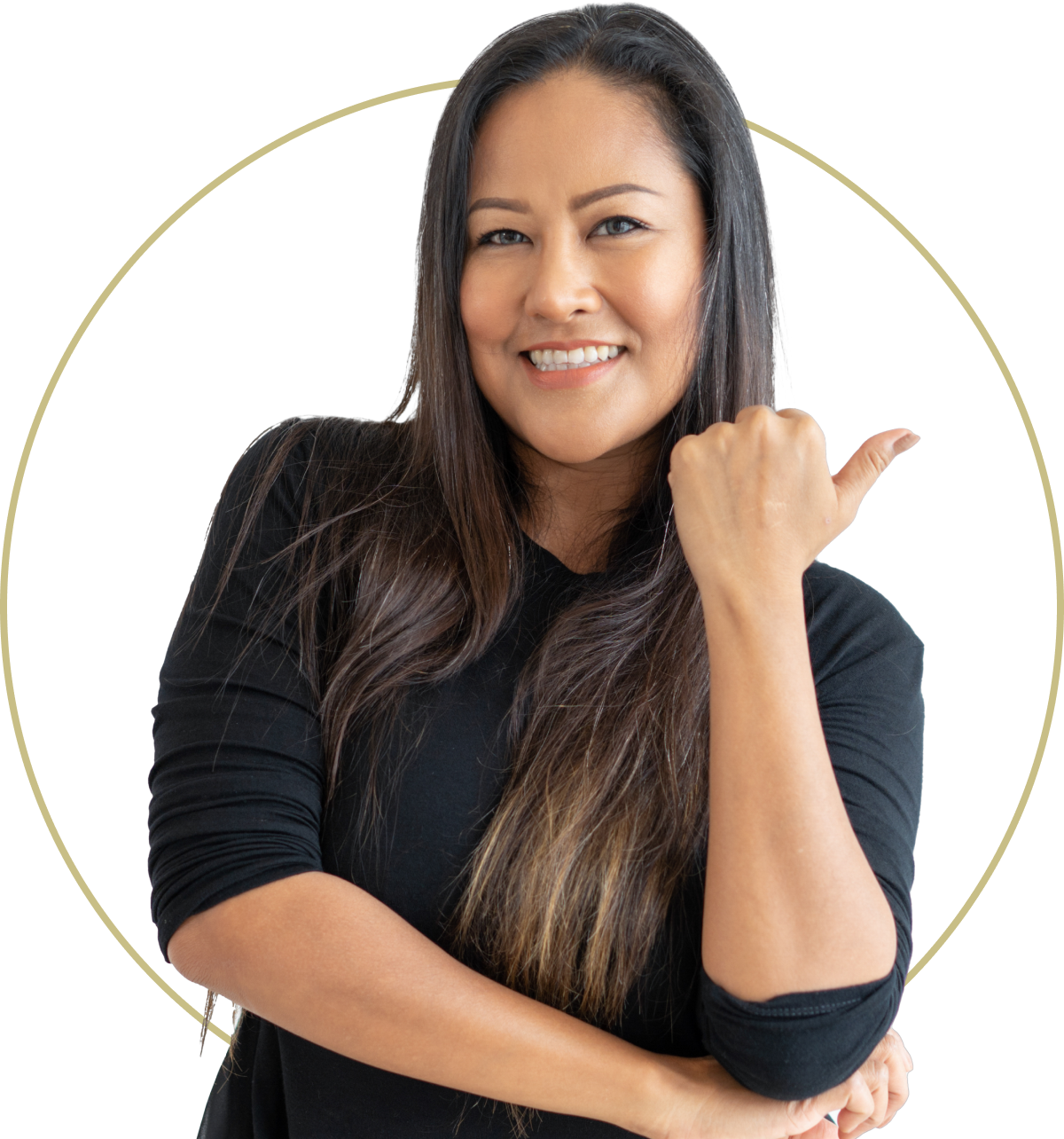menopause and osteoporosis
By Andrea Donsky | Fact Checked | Sources
Approximately one third of women and 20 percent of men older than 50 will break a bone related to osteoporosis during their lifetime. One of the major reasons for the high percentage among women is the occurrence of menopause. What actually happens to a woman’s bone around menopause and how can you protect your bone health?
What is osteoporosis?
Osteoporosis is the most common bone disease among both men and women, and as we get older, the risk for developing it increases. How big is the risk? A woman’s risk of breaking a hip associated with bone loss is the same as her combined risk of ovarian, uterine, and breast cancer.
Menopause is not the only reason women are at great risk of developing osteoporosis when compared with men. Women’s bones tend to be thinner and smaller than men’s. During adolescence and young adult years, females who don’t establish healthy bones through diet, exercise, and overall clean lifestyle practices run a higher risk of osteoporosis than their peers who pay attention to these factors.
Read about osteoporosis: bone up on bone health
The risk of osteoporosis is different depending on ethnicity. Caucasian women have the highest rates, followed by Asia-American women, Latinas, and African-Americans. The rate women lose bone after reaching menopause also is a factor. Some women can lose up to 20 percent of their bone density within five to seven years after menopause. The faster bone integrity is lost, the greater the chance of developing osteoporosis. Smoking, parental history of hip fracture, use of prednisone for more than three months ever, and a low body mass index are also risk factors for osteoporosis.
Our Top Picks
Every woman should know that osteoporosis typically has no symptoms. Many women first discover they have osteoporosis when they fall and sustain a fracture. That’s why bone density testing is important, especially among women age 65 and older.
How is osteoporosis associated with menopause?
Menopause is the most common cause of osteoporosis. The primary link between osteoporosis and menopause is the significant decline in estrogen levels, a hormone that is critical for bone health because it slows the natural breakdown of bone. As estrogen decreases, bone loss increases, and along with it a significant chance of developing osteoporosis.
Read about how you can beat and prevent osteoporosis naturally
How can you help manage osteoporosis naturally?
Lifestyle changes can go a long way toward helping women maintain bone health.
Weight-bearing exercise. Walking, jogging, jumping rope, tennis, dancing, aerobics, and hiking all fall into this category. If you have not exercised for a while, start off slowly and keep increasing as you can. Strive for 20 to 30 minutes four to five days a week.
Strength training. This includes using hand weights, resistance bands, or your own body weight (such as doing push ups or pull ups). Such training can help maintain bone density and also strengthen your major muscle groups. Do strength training twice a week for about 20 minutes.
Balance exercises. Balance training is critical to help prevent falls and fractures. Tai chi is a fun and effective way to improve balance. Check out other balance exercises and consult a physical therapist for balance routines you can do.
Calcium. Eat foods rich in calcium, such as broccoli, sweet potatoes, butternut squash, leafy greens, yogurt, chia seeds, dried figs, soy milk, almonds, white beans, kale, and sardines with bones. Calcium supplements are also suggested. Do not exceed 500 to 600 mg per dose for optimal absorption, and take supplements with food.
Vitamin D. Calcium and vitamin D work together to make strong bones. Vitamin D is essential for absorption of calcium, muscle performance, and balance. The recommended daily dose is 600 International Units (IUs) up to age 70 and 800 IU thereafter. Foods containing vitamin D include liver, fortified milk and plant beverages, fortified cereals, and mushrooms. The best source is sunshine: about 20 minutes of skin exposure to sunlight (without sunscreen) four to five times a week.
Magnesium. Calcium and magnesium work together, as the former mineral needs the latter for optimal metabolism. A 500-mg of magnesium (as bisglycinate, chelate, chloride, or citrate) is suggested daily. Also make magnesium-rich foods a regular part of your diet: green leafy greens, bananas, avocados, whole grains, nuts, and seeds. Magnesium has been shown to help prevent osteoporosis, as in one study where the authors noted that a deficiency of the mineral “contributes to osteoporosis directly.”
Caffeine and alcohol. Both of these factors should be significantly reduced or avoided as they have a detrimental impact on bone health.
Phosphorus: Avoid foods high in phosphorus, such as soft drinks, red meat, and items with phosphate as a food additive. Phosphorus can promote bone loss.
When to call your doctor
All women age 65 and older should have their bone density checked. Younger women should also undergo the painless test if they have risk factors, such as family history of osteoporosis, personal history of fractures, use of medications that can harm bones, and sudden back pain.
The test results will give you a good idea how aggressive you may need to be to benefit your bone health. If you are concerned about developing osteoporosis, your doctor may suggest hormone replacement therapy because it can help prevent bone loss and also relieve some menopausal symptoms. However, it’s important to note that HRT is associated with an increased risk of heart attack, stroke, blood clots, dementia, and breast cancer.
bottom line
Menopause is the main cause of osteoporosis. It’s never too late to take care of your bone health and help prevent osteoporosis and fractures. Get your bone density checked and then take steps to keep your bones healthy.





